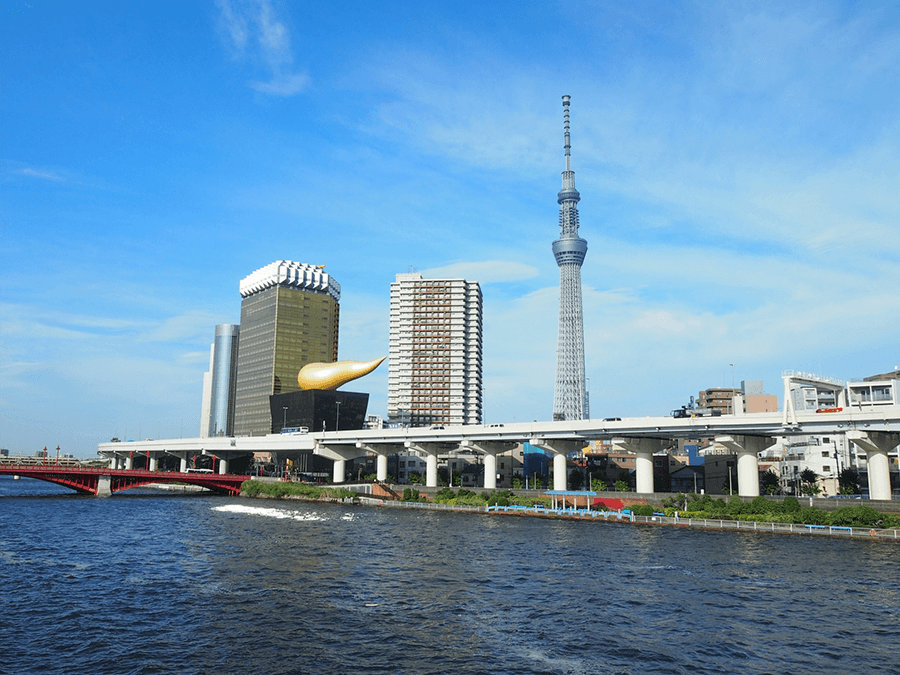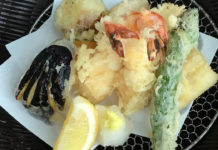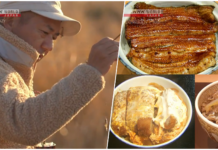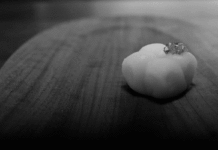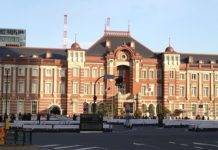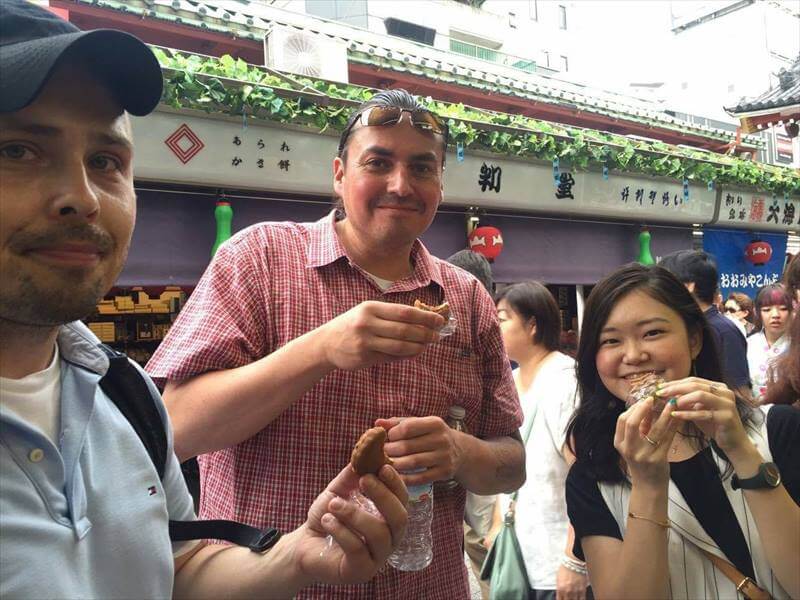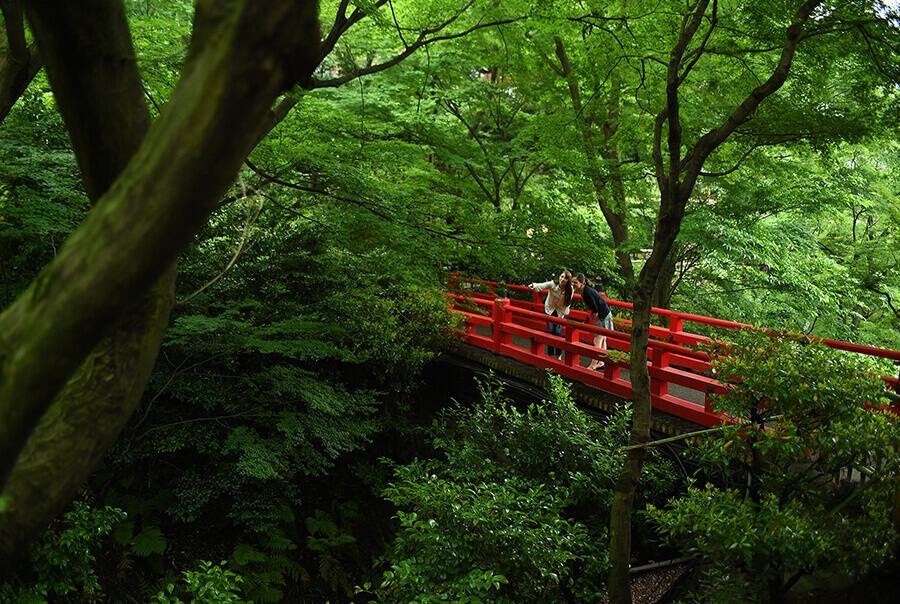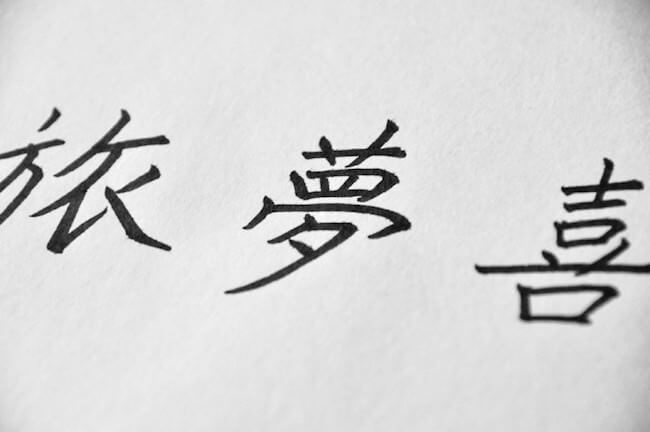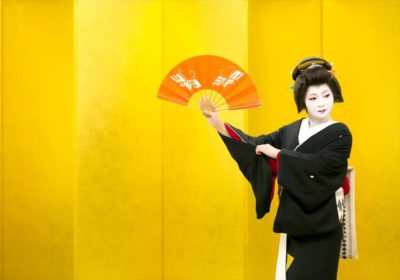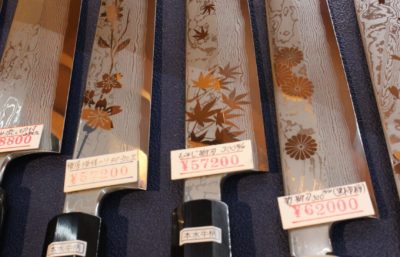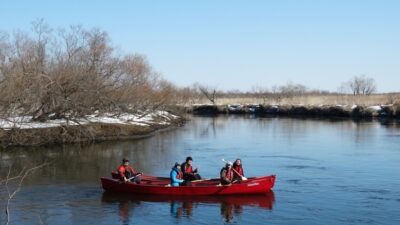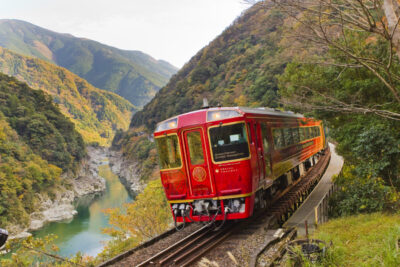
How to Make the Best of 3 Hours in Tokyo
It is the last day of your trip and you have three hours left before departing for the airport. Don’t know what to do with the time? WAttention did the homework for you. Here is a three-hour itinerary that will leave you entertained, refreshed and with lots of memories of Japan!
ASAKUSA
Senso-ji temple, one of Tokyo’s most popular tourist spots, teems with tourists all year round. If you want to get away from the hustle and bustle and spend some quiet time in the area, stroll through the park that lines the Sumidagawa River, or go across it and tour temples, shrines and the old sweet shops of the Mukojima area.
A tourist information center located inside a unique building in front of the Asakusa Kaminarimon Gate. The building is designed by Kengo Kuma, one of Japan’s best-known architects. The building’s ceiling and interior are quite interesting so don’t consider skipping a visit. The night view of Asakusa from the observatory on the 8th-floor terrace also comes highly recommended.
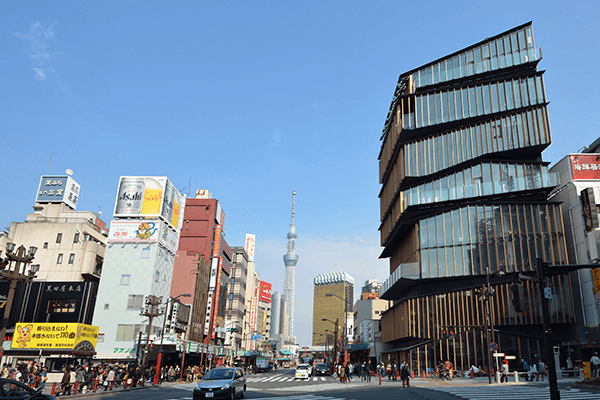
Hours: 9am – 8pm
Access: 1-min walk from Asakusa Station (Tokyo Metro Ginza Line)
Address: 2-18-9 Kaminarimon, Taito-ku, Tokyo
Url: http://tic.jnto.go.jp/detail.php?id=1078
![]()
The Sumida Park covering the east bank of the Sumidagawa River is a waterfront oasis. It’s known for its cherry blossoms, and except from that season, it’s the perfect place to escape the crowds and relax. Let’s continue upstream along the river.
![]()
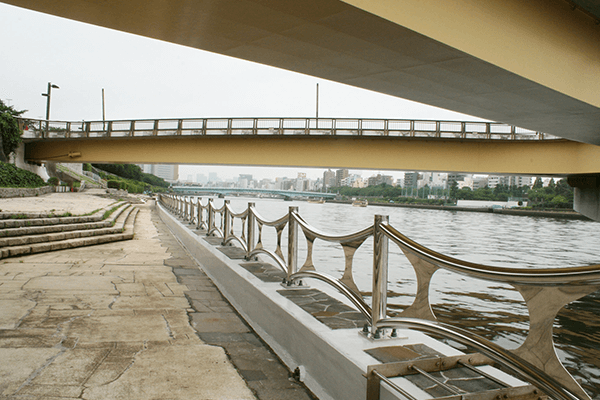
Sakurabashi is a unique pedestrian bridge crossing the Sumidagawa River. Approximately 170 meters in length and forming a unique “X” shape, it connects both banks of Sumida Park. The bridge features an original sculpture based on a design by well-known Japanese painter Ikuo Hirayama. Cross the bridge and head toward the east bank of the river.
Access: 15-min walk from Asakusa Station (Tokyo Metro Ginza Line), 15-min walk from Hikifune Station (Tobu Skytree Line)
Address: 2Chome Mukojima, Sumida-ku, Tokyo
![]()
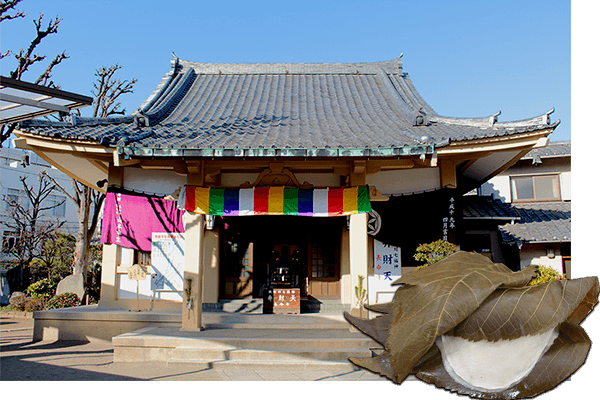 Hours: 8:30am – 6pm
Hours: 8:30am – 6pmClosed: Monday
Access: 12-min walk from Hikifune Station (Tobu Skytree Line)
Address: 5-4-4 Mukojima, Sumida-ku, Tokyo
Url: http://sakura-mochi.com/ (Japanese only)
![]()
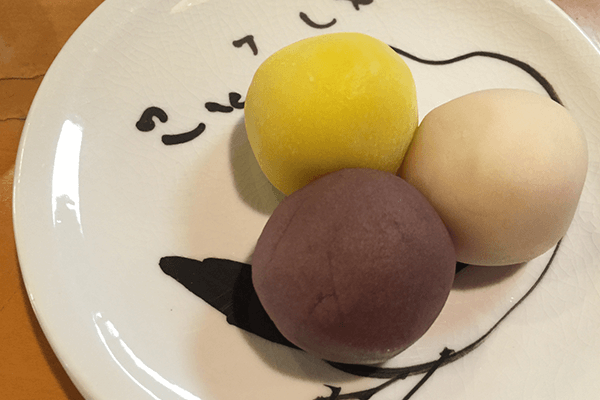
Sweet tooths can stop by another shop carrying a local specialty: “Kototoi Dango”. This business started inadvertently after a local gardener made some dango (sweet rice dumplings) which became really popular. Customers are served white, black and yellow dango on a plate, instead of the more common way of skewered on a wooden stick. Hurry, however, as the dango often sell out by 3pm.
Hours: 9am – 6pm
Closed: Tuesday
Access: 11-min walk from Hikifune Station (Tobu Skytree Line)
Address: 5-5-2 Mukojima, Sumida-ku, Tokyo
Url: http://kototoidango.co.jp/index.html (Japanese only)
![]()
Access: 11-min walk from Hikifune Station (Tobu Skytree Line)
Address: 5-3-2 Mukojima, Sumida-ku, Tokyo
Url: http://ko-fukuji.wixsite.com/kofukuji/home
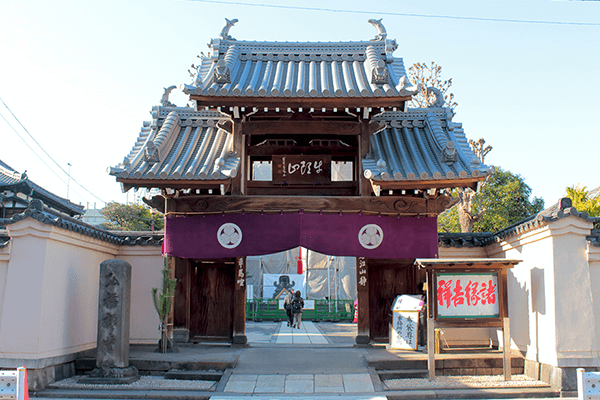
![]()
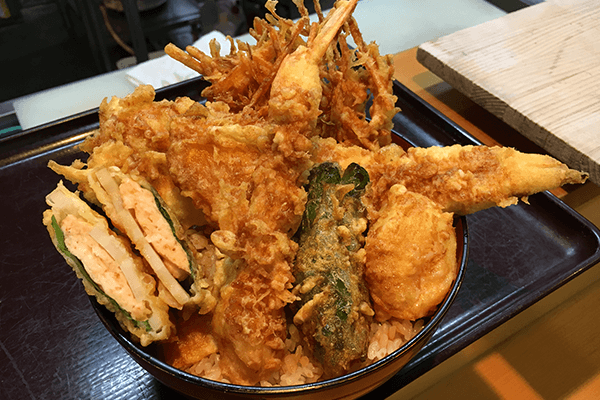
Hours: 11:30am – 3pm, 5pm – 10pm
Closed: Wednesday
Access: 11-min walk from Hikifune Station (Tobu Skytree Line)
Address: 5-24-2 Mukojima, Sumida-ku, Tokyo
Url: https://www.facebook.com/%E6%B2%B3%E5%8E%9F%E3%81%AE%E3%81%82%E3%81%B9-226270354070266/ (Japanese only)
![]()
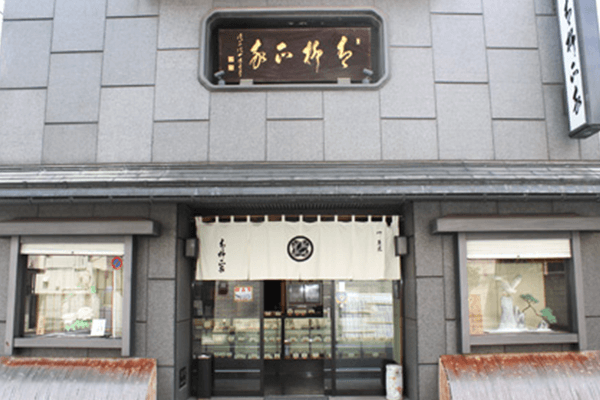
Hours: 9am – 7pm
Closed: Sunday, national holiday
Access: 12-min walk from Hikifune Station (Tobu Skytree Line)
Address: 2-15-9 Mukojima, Sumida-ku, Tokyo
Url: http://www.aoyagiseike.jp/en/
![]()
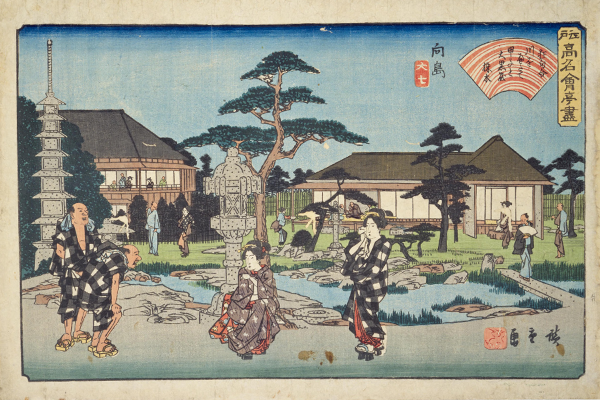
Renowned as a popular spot for flower viewing and natural beauty, this area has been beloved by writers and artists since the Edo period. Their presence in the area sparked the construction of several ryotei, or luxurious Japanese restaurants, where rakugo performances and haiku poetry meetings would be held, giving birth to a legion of geisha to entertain guests. During the Edo period Mukojima was a lively geisha quarter filled with high-class Japanese restaurants. Next to Aoyagi Seike is a ryotei where you can indulge in high-class dining.
![]()
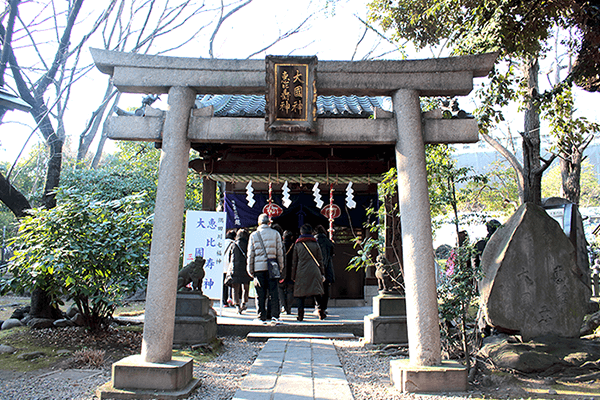
Further beyond lies Mimeguri Shrine, traditionally associated with local farmers who used to visit and pray for rain. A must-see here is the torii gate with three columns called Sankakuishitorii. This is extremely rare and gives the place a special and mysterious power.
Access: 8-min walk from Tokyo Skytree Station (Tobu Skytree Line)
Address: 2-5-17 Mukojima, Sumida-ku, Tokyo
![]()
This shrine, located in a corner of Sumida Park on the east bank of the Sumidagawa River, has a Miwa Torii. The ultimate torii gate, this unique gate features two smaller torii gates on each side attached to the main central one. The shrine also features a popular cow statue known as nadeushi, said to heal your ailments if you caress it. Inside the shrine you can also see many koma ushi, protective stone statues of cows, instead of the more usual koma inu, or lion-dog commonly found outside shrines and temples.
Access: 7-min walk from Tokyo Skytree Station (Tobu Skytree Line)
Address: 1-4-5 Mukojima, Sumida-ku, Tokyo
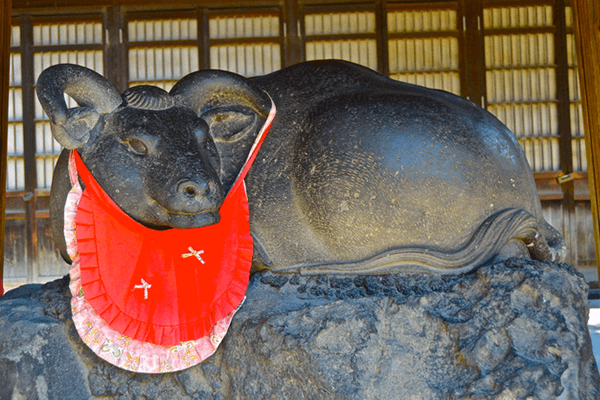
![]()
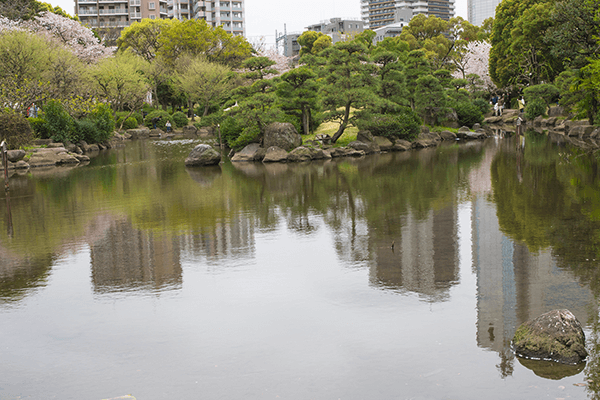
The park spans both sides of the Sumidagawa River; however this side of the river and the Asakusa Temple side have completely different atmospheres. Featuring a splendid Japanese garden with a pond, this area originally housed the residence of the Mito Tokugawa family, who belonged to the Tokugawa Shogunate. Visitors can contemplate this unusual, yet harmonious landscape combining a traditional Japanese garden and the modern Tokyo Sky Tree.
Access: 5-min walk from Asakusa Station (Tokyo Metro Ginza Line, Tobu Skytree Line, Toei Asakusa Line)
Address: 1-2-5 Mukojima, Sumida-ku, Tokyo
Url: http://visit-sumida.jp/spot/6133/ (Japanese only)
From here, visitors can head back to Asakusa Station by crossing either the Azumabashi Bridge or the Kototoi Bridge, or continue in the direction of the Tokyo Sky Tree.
 0
0

